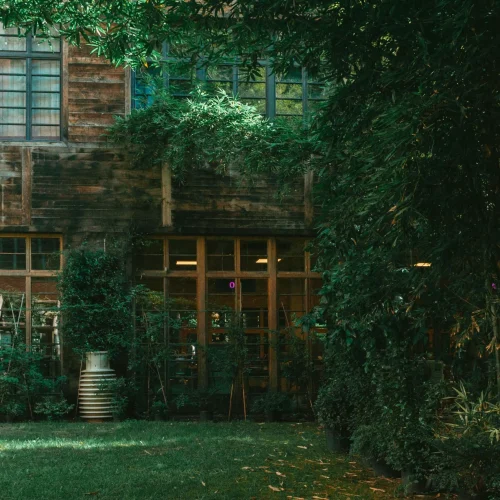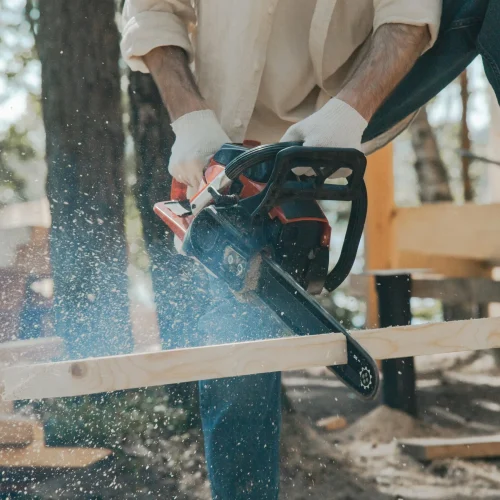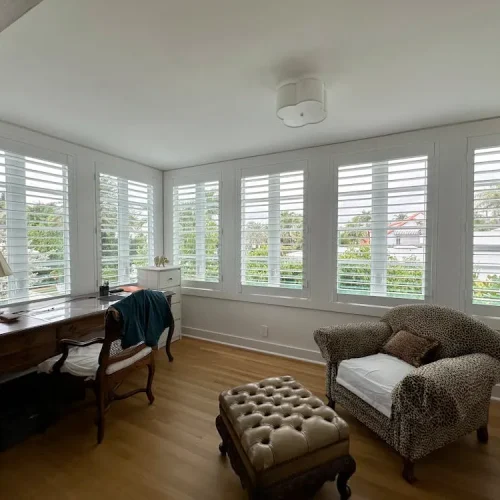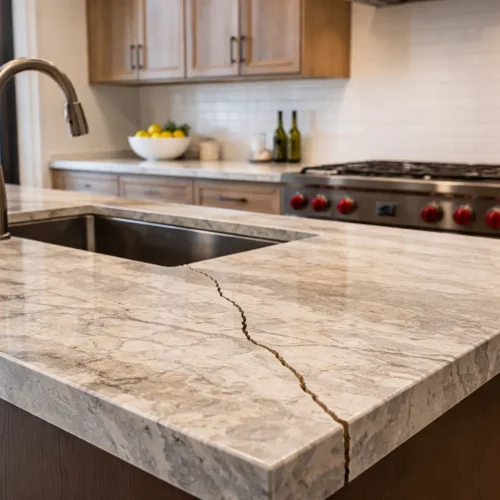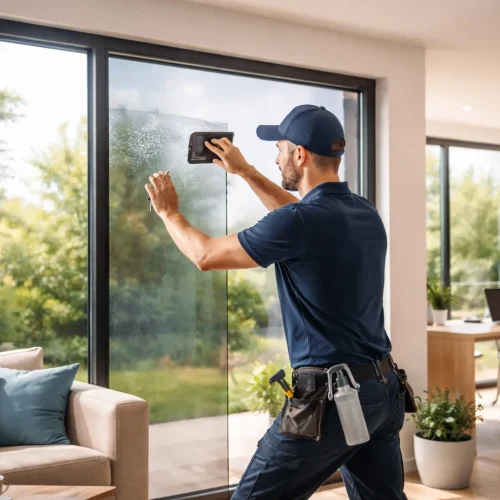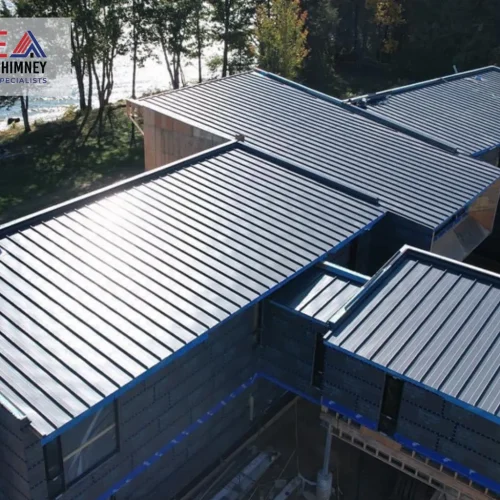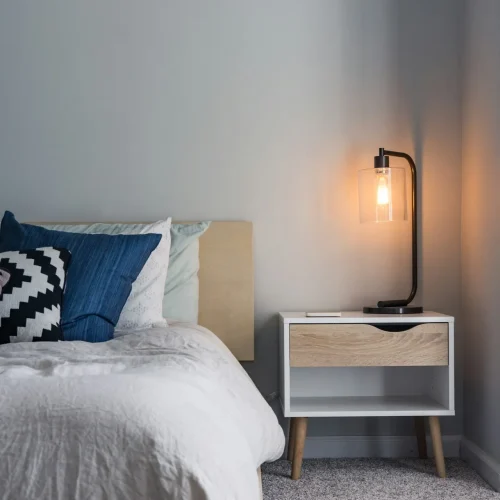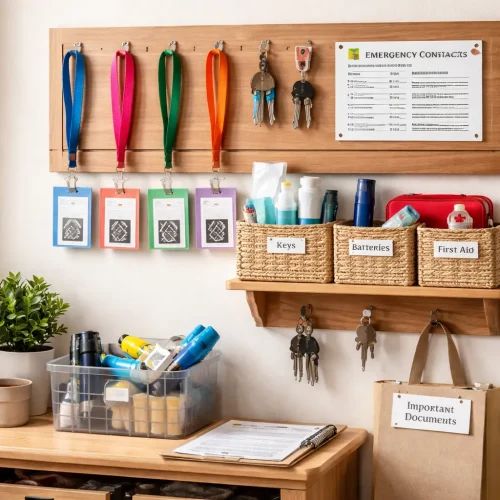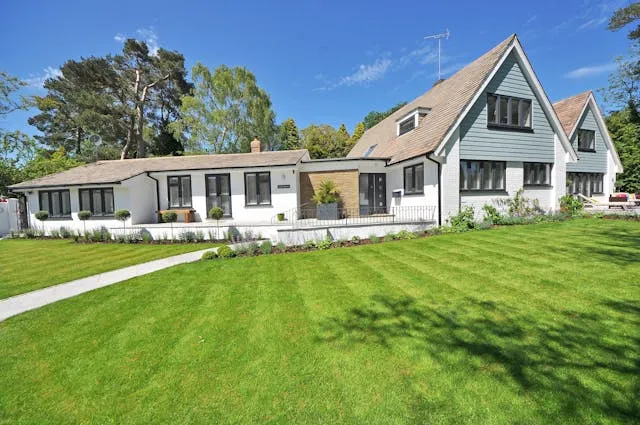
The curb appeal performs its silent magic even before a doorbell is rung. A home that welcomes the onlookers with cooler vegetation and understated beauty is inviting without uttering a single word. Although glossy magazines indeed feature beautiful gardens that require constant trimming, the majority of households desire beauty that can work within real-life schedules. The solution to that requirement is low-maintenance landscaping, which shows that style does not necessarily require regular maintenance. These six strategies demonstrate how a front yard can be maintained to look fresh and inviting, year after year, through careful selection.
1. Native Plantings
Plants that have developed in the local climate understand how to grow perfectly where they are established. Native shrubs and perennials, once established, need much less water and fertilizer compared to the exotic imports. Their extensive root systems bind the soil, manage temperature fluctuations, and even prevent most pests naturally. Rather than pursuing flowers that droop in foreign heat or humidity, homeowners can sit back and let native coneflowers, bayberries, or kangaroo paws take the bows. With the change of seasons, these plants change color and texture, providing a living canvas that changes beautifully with the seasons and does not require daily maintenance.
2. Lay the Foundation With Evergreen Structure
Even in winter, a yard looks polished when evergreens hold their form. Boxwood hedges, dwarf cypresses, or low‑growing junipers give architecture to flower beds and soften hard edges along pathways. They also stand guard at property lines, creating privacy without towering over the house. A thoughtful grid of evergreens keeps the eye moving in colder months when deciduous trees shed their leaves. Homeowners who miss the lush look of turf but dislike weekly mowing often rely on artificial grass products tucked between evergreen borders; the crisp green stays flawless under sun or shade and never asks for a drop of water.
3. Add Texture With Graveled Paths
Winding paths pull visitors forward, guiding them past garden moments and framing unexpected views of a front porch or vintage gate. Pea gravel, crushed shell, or decomposed granite settles into place and rarely shifts once compacted. Unlike poured concrete, these materials breathe, letting rain sink into the soil instead of running off into storm drains. A narrow ribbon of gravel edged with steel strips or brick keeps weeding simple. Occasional raking smooths footprints and fallen leaves, offering the soothing crunch of footsteps without the chore of patching cracked pavement.
4. Contrast With Pops of Color
A restrained palette makes sporadic color feel intentional rather than chaotic. One bold hue repeated at strategic points draws the eye and ties the yard together. Lavender in clay pots near the steps mirrors salvia tucked beside the mailbox, while cheery marigolds echo along the curb. The secret is rhythm: selecting one or two flower varieties that bloom for months rather than weeks. When petals fade, seed heads can be left in place for birds to enjoy, eliminating the need for immediate deadheading. A unified color story keeps maintenance low and impact high.
5. Illuminate Key Features
Considerate lighting renders evening walks safe and provides drama during the night. Low-voltage LED fixtures are suckers of power and can go years without a bulb replacement. Path lights are placed in the liriope borders, and tiny uplights behind a sculptural maple make its branches a shadow puppet show on the facade. Motion‑sensing sconces along the garage illuminate walls in a low radiance when necessary, leaving dark skies to enjoy stars but greeting late‑night visitors with warm brilliance. Since LEDs do not produce a lot of heat, the surrounding vegetation will not be damaged, and the fixtures do not tend to move out of position, so there is not as much fiddling around after they are installed.
Conclusion
When a landscape appears peaceful, neighbors perceive it. With the support of native plants, evergreen staples, winding paths, intentional color, soft lighting, and versatile containers, the curb appeal will be easy and timeless. Every component does its weight, demanding little and delivering much. What you get is a front yard that will survive the summer heat, the winter cold, and all the planned weekends in between, and that beauty need not be any more difficult to maintain than it is lovely to behold.



